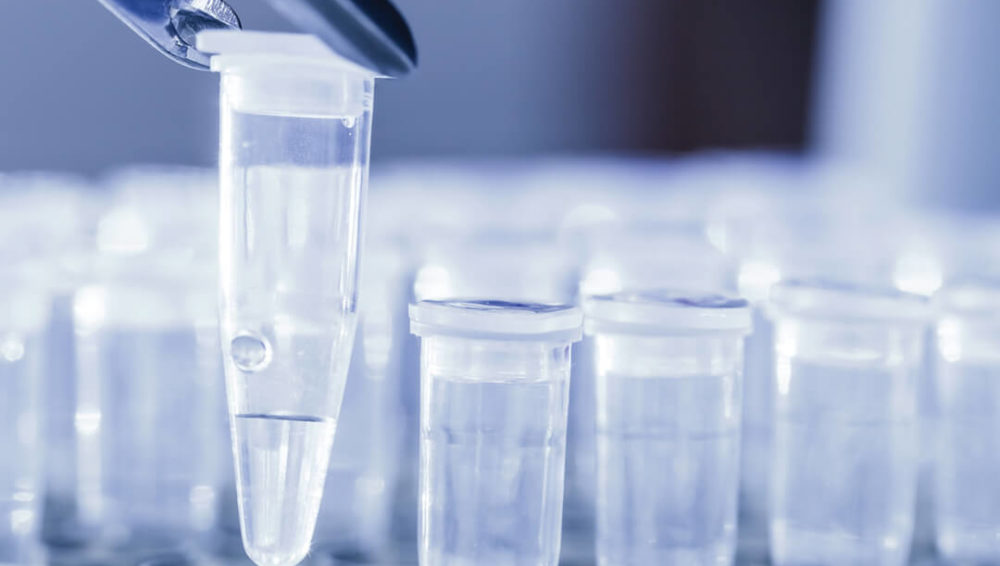Types of genetic testing during pregnancy
Updates

Genetic testing is optional. If you decide to do a first-trimester genetic test, about ten weeks into the pregnancy is the preferred time. Your doctor can help you decide based on your family history and risk factors if it’s a good idea.
There are different tests that you can do.
Nuchal Translucency Screening
The nuchal translucency screening (NTS) is typically done between weeks 10 and 14. It tests the fetus for the risk of Down Syndrome and other chromosomal abnormalities. An ultrasound is done to measure the baby’s nuchal fold (back of the neck) and check for signs of abnormality. The NTS is often done in combination with a blood test to increase its accuracy for detecting Down Syndrome.
Noninvasive prenatal testing (NIPT)
A cell-free fetal DNA test, also known as a non-invasive prenatal test, is a blood test done at week 10 or later. It screens mom’s blood for signs of risk for Down syndrome, Edward Syndrome, Patau Syndrome, and other chromosomal abnormalities.
Amniocentesis and CVS
Between about 15 and 18 weeks, your doctor might recommend that you receive an amniocentesis, a very accurate test for diagnosing various genetic abnormalities, including Down syndrome. An amniocentesis is performed to obtain a sample of the amniotic fluid surrounding a baby. The physician will insert a long needle through the abdominal wall into a pocket of amniotic fluid in the uterine cavity to obtain the sample. A small amount of amniotic fluid is withdrawn through the needle and then sent to the lab from that fluid pocket.
Results from amniocentesis carry a 99.4% accuracy rate. However, for pregnant women, this test may feel a little discomforting. Although doctors usually use ultrasound imaging to help guide the needle away from the baby, the umbilical cord, and the placenta, there is a small risk that the procedure may lead to complications for the baby.
Chorionic Villus Sampling (CVS)
This is another highly accurate prenatal chromosomal test. Similar to amniocentesis, the physician uses ultrasound imaging as a guide while performing the procedure. For a CVS, a thin, plastic tube is inserted into the abdomen or through the vagina to collect a small sampling of placental tissue. An advantage of CVS over amniocentesis is that the procedure can be performed earlier in a pregnancy, around 10 weeks. But CVS does carry a slightly higher risk of complications than amniocentesis.
Verified:
Dr. Wanwadee Sapmee Panyakat (OB-GYN), license no. 41208 (1 May 2019)



